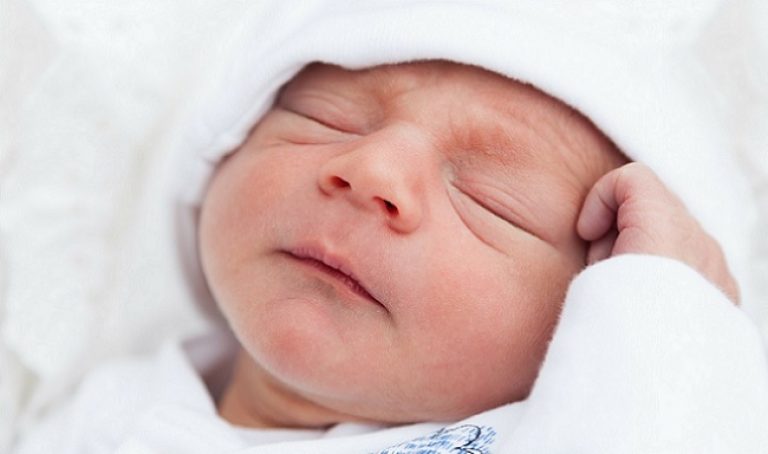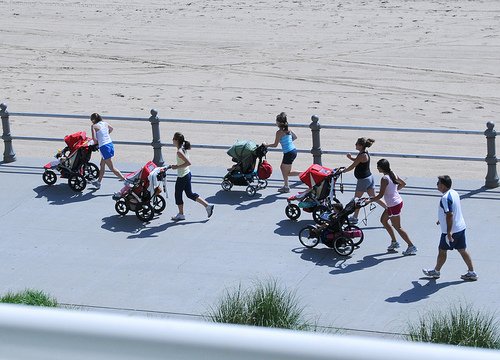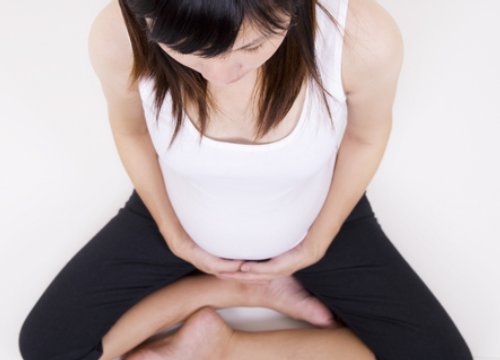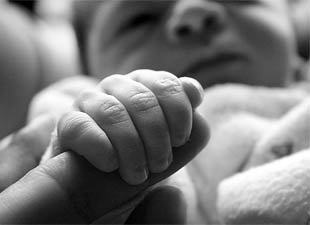
AsianScientist (Mar. 12, 2012) – A new University of Adelaide study has revealed that inducing labor in pregnant women when it’s not medically necessary is more likely to result in complications at birth.
Elective induction is becoming more common around the world, with many women being induced for social and other non-medical reasons.
In this study, published in Acta Obstetricia et Gynecologica Scandinavica, Dr. Rosalie Grivell from the University of Adelaide’s Robinson Institute and School of Paediatrics and Reproductive Health studied the data of more than 28,000 births from across South Australia, from 2006 to 2007.
She compared cases in which women had undergone spontaneous onset of labor, induction of labor for recognized medical reasons, and induction of labor for “non-recognized” reasons.
Compared with women who entered labor spontaneously, induction for non-recognized reasons was associated with a 67 percent increased chance of requiring a caesarean section.
It also significantly increased the chance of the newborn infant requiring nursery care in a Special Care Baby Unit (an increased risk of 64 percent) or requiring treatment (an increased risk of 44 percent) compared with infants born following spontaneous onset of labor.
“Our research is aimed at better understanding the optimal timing and management of labor and birth for women with an uncomplicated pregnancy,” Grivell said.
“We hope our findings will increase awareness of the potential harmful effects that elective induction can have on both women and their infants. In the absence of serious maternal or fetal problems or a medical recommendation, induction of labor is best avoided,” Grivell noted.
Grivell said the lowest risk of adverse complications both for mother and baby occurred with the spontaneous onset of labor between 38 and 39 weeks.
“While a natural birth is not always possible for women who already have complications in pregnancy, the results of this study suggest that for women whose pregnancy is uncomplicated, awaiting the spontaneous onset of labor is best,” Grivell said.
The article can be found at: Grivell RM et al. (2012) Maternal and neonatal outcomes following induction of labor: a cohort study.
——
Source: University of Adelaide; Photo: Jose Torres/University of Adelaide.
Disclaimer: This article does not necessarily reflect the views of AsianScientist or its staff.












